A hole in the head: Bernhard Eisel and the long fight back
Austrian back to racing but contemplating the future
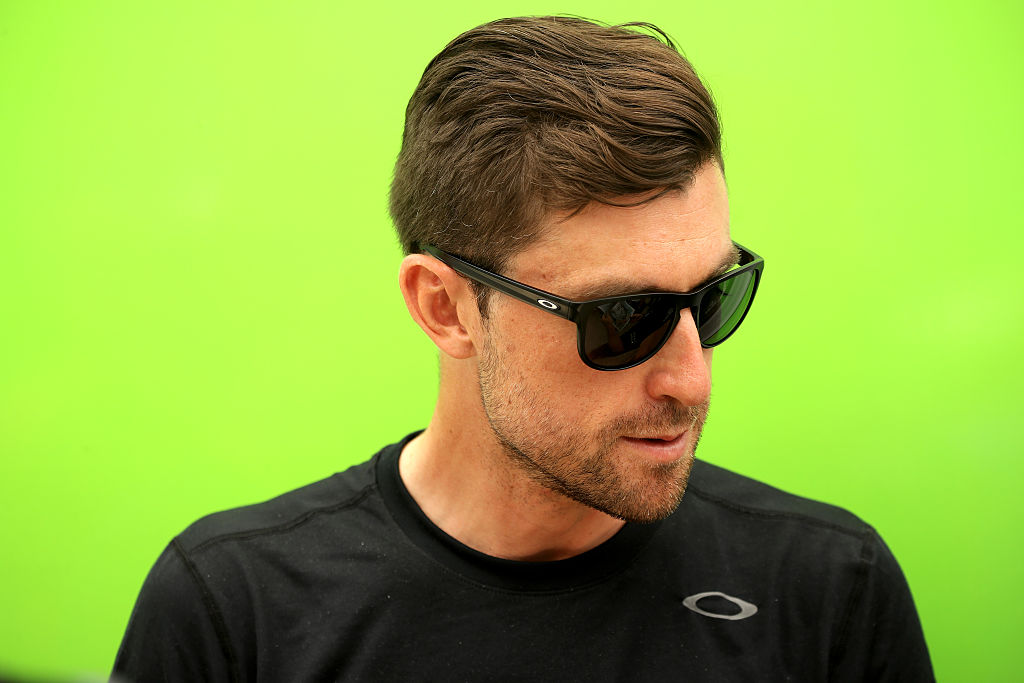
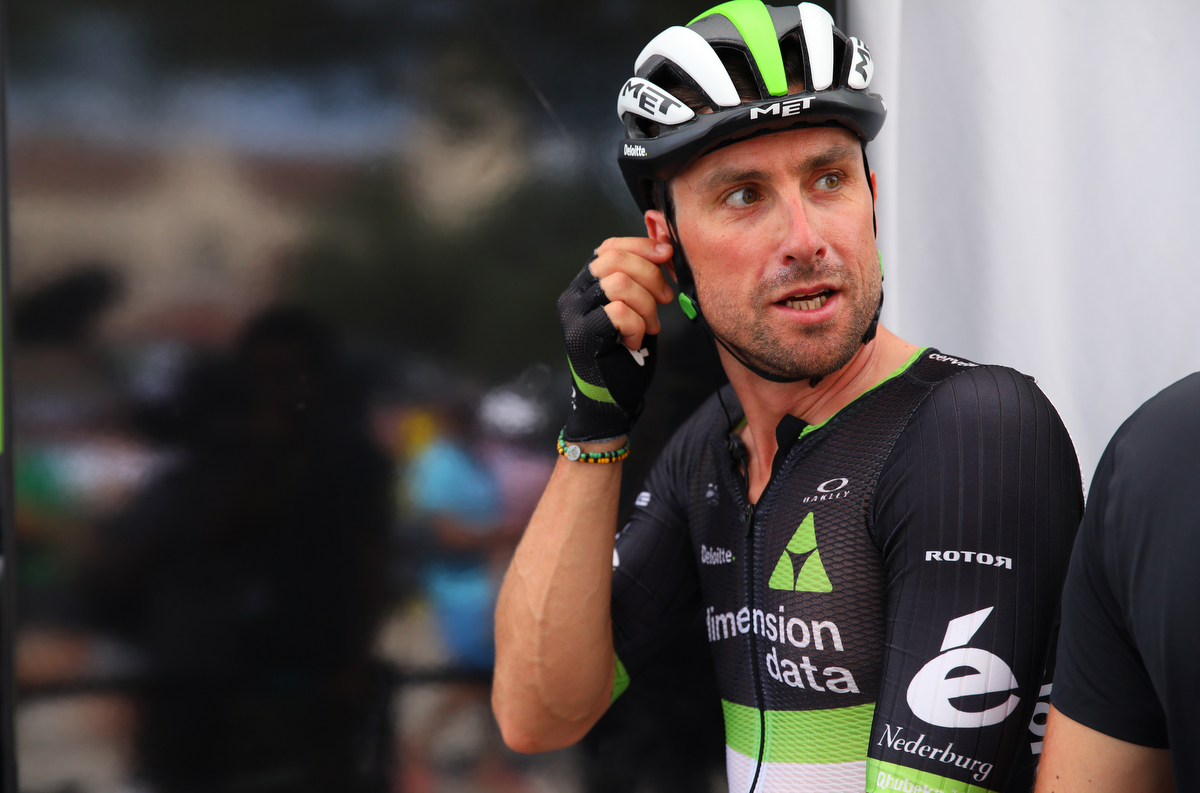
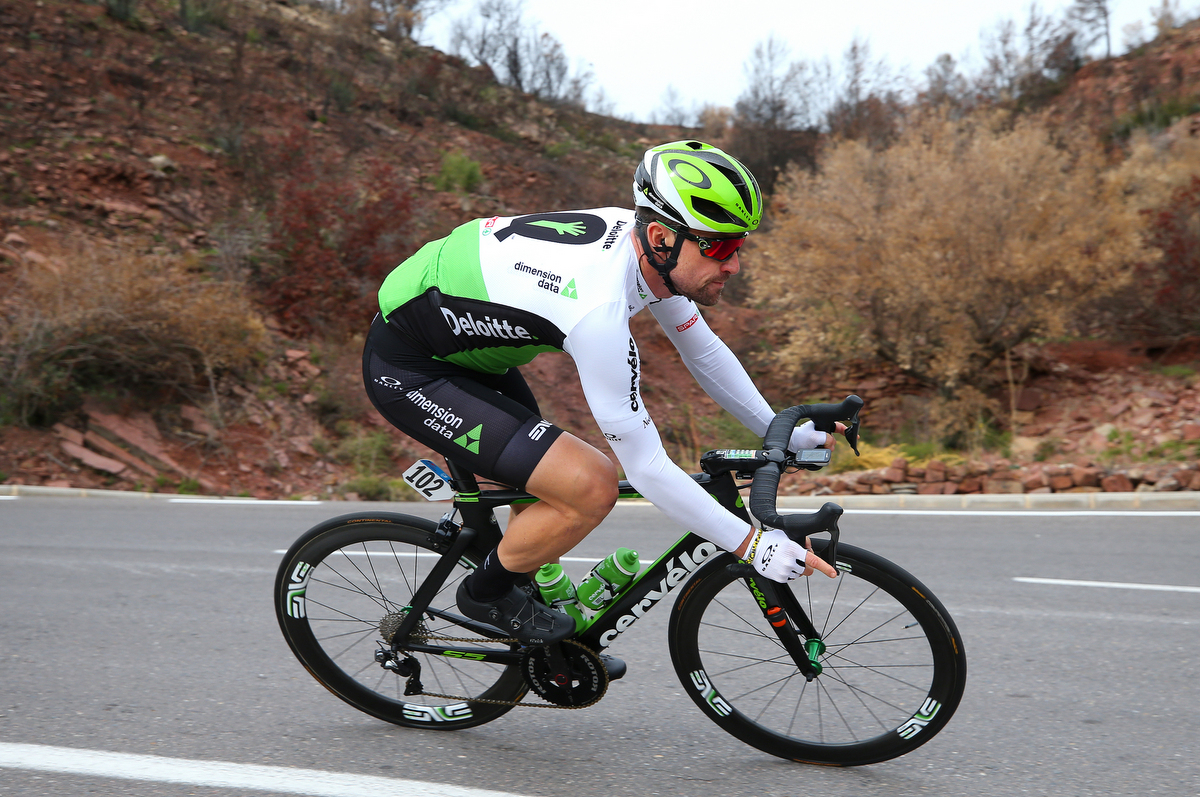
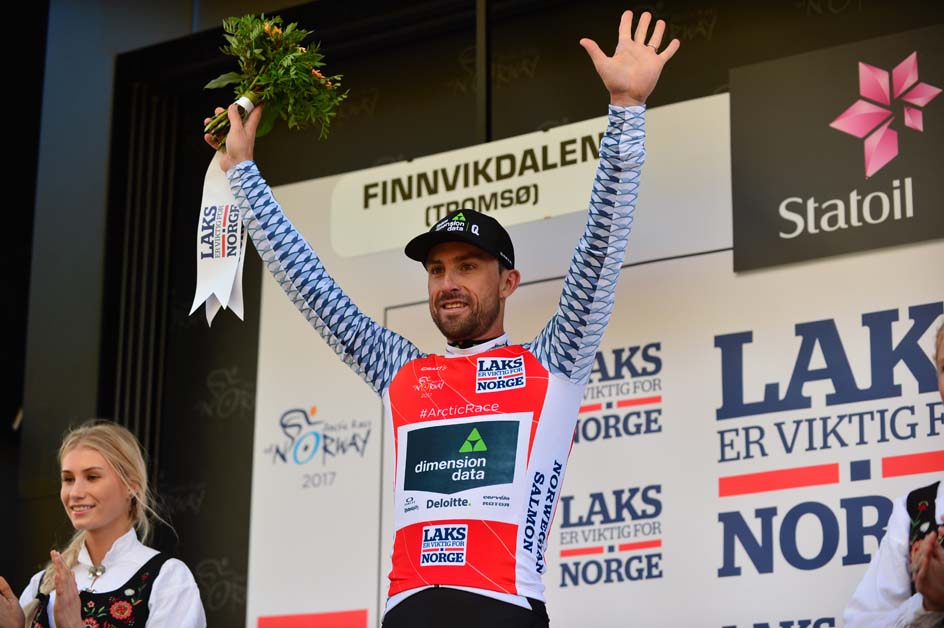
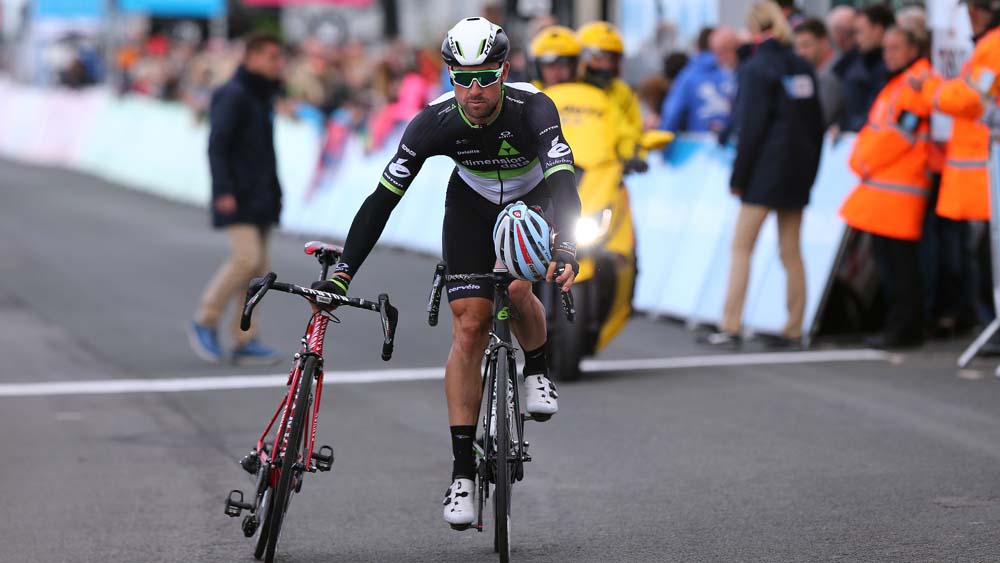
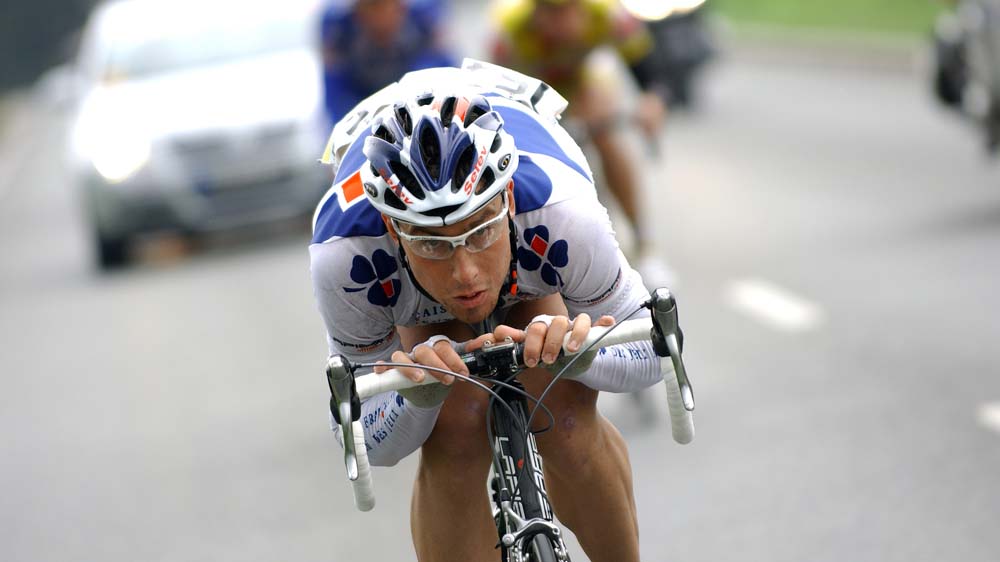
If you wanted to be literal about it, you could say the whole of Bernhard Eisel's 2018 season - and perhaps his future career - has centred on a hole, roughly half a centimetre in diameter, on the left side of his head.
Still visible as a scar, it was where the surgeon's drill went in this spring to treat Eisel's subdural haematoma, a condition caused when the Dimension Data veteran crashed during Tirreno-Adriatico in March. The condition is described by doctors as a "slow accumulation of blood beneath the protective layer around the brain" which clotted and put pressure on his brain. If acute, these haematomas can be life-threatening.
Given the extreme delicacy and dangers of the injury, there was no real time frame placed on how long it would take for Eisel to recover. Indeed, the whole question of Eisel's return to racing, first in the GP Pino Cerami and the RideLondon Surrey Classic - where he abandoned - and now in the Tour de Pologne, has been anything but certain. As he puts it to Cyclingnews, "In the last five months, I 'retired' three times."
As he reflects mid-way through the Polish race, if this accident ultimately means retirement, at least there is now a good chance he can do so as he wants, on his own terms. Unsurprisingly for a racer who has always played a central 'road captain' role in all of the teams he's been in, as well as twice serving on the UCI Athletes Commission, Eisel is determined not just to make up the numbers should he ride on.
"I'm doing well, yesterday [stage 2] I had a fever after the stage and I wasn't sure if it was food poisoning or related to my head so I'm taking it cautiously," he says.
"Here, the weather is nice, I enjoy it, so let's see. And it's good to back on the bike, racing. I was training last week in Austria with Cav [teammate Mark Cavendish] to help get him back on line, and myself, too, so that was good.
"I'm feeling good, but I have no form. I looked up on Training Peaks before I went to Cerami and I trained 24 hours in a month, that's normally what you'd train in a week."
Get The Leadout Newsletter
The latest race content, interviews, features, reviews and expert buying guides, direct to your inbox!

Finding his feet
Eisel, at 37, finds himself in that most unlikely of situations for such an experienced pro; after such a drastic operation, he's racing in uncharted waters, finding out how he feels on the bike almost every hour, let alone every day.
"If you have a broken collarbone, you know it's six to eight weeks and then you're back. Sometimes you feel it a little bit, but with rehab, you're back," he says.
As for what happened to him with the haematoma, though: "I'd wish it on nobody. The last two days in hospital I had no idea where I was. The haematoma was so massive, it moved my brain eight millimetres off-centre, against the skull. I had started vomiting the day before the operation, I had a 24-hour headache like a migraine, and it was like 'if they don't start drilling tomorrow, I'll do it myself'."
As if brain surgery wasn't enough of an ordeal, Eisel had a host of other injuries from the crash to get through and recover from: "Smashed face, broken nose, cut my upper lip in pieces, my lower lip, broken wrist. But that went all super well," he concludes with a matter-of-fact attitude that probably only an experienced pro can display.
Scarily, the brain haematoma was discovered almost by chance. "I was back in training when I was in this crash with Marco Haller (Katusha-Alpecin) when he shredded his kneecap," he explains. A car ran a stop sign, with Haller ploughing into the car door, but Eisel was uninjured. "If I hit the car [like Haller did] then I don't know if I'd still be here," he concludes, "because the haematoma was at the maximum by then. That strikes home."
Eisel went to the doctor with Haller and when he did so complained about the five days of severe headaches he had been experiencing. "The doctor said 'let's have a scan'. So, I was really lucky because he was switched on and knew what to do when I told him about the symptoms. And all thanks to him. A few days later, it wouldn't have burst, but it comes to the point when depending on which side of the brain the haematoma is pushing on, you can't see or you can't walk.
"But, if you drill a hole into your head - I always say it was head surgery, not brain surgery - and release the pressure, long story short, that gets the haematoma out. So that's a good thing, and it's useful for if I forget something, saying 'they drilled a hole in my head' is a good excuse."
Eisel said the mere fact that he was able to think about racing, quite apart from actually doing it, represented a huge boost after such a bad injury and the severe pain it induced.
"It all went well, I came out of the operation and felt awesome, and I left hospital four or five days later. I did a few MRTs [headscans], and what we know 100 per cent is that there will be no long-term consequences.
"So, I talked it through with the team doctor and it turns out normal people are out of action for six to nine months. With head surgery, there's a higher risk of epilepsy, which is why I couldn't race outside. But, I was doing an hour riding a day, two weeks after the operation. It just helped me; my body needed it."

The future
Another scan a month later cleared him completely, including the epilepsy risk, and he ventured outside to train, riding both alone and with his friends. He felt ready to race Slovenia and Ionica, he said, and always had the Tour in the back of his head, but the doctors were more conservative, and he finally got back into racing in late July.
Reading the symptoms was by no means straightforward for Eisel, given that there was no one out there in the profession peloton he'd come across who had had the same medical condition.
"In professional cycling, definitely nobody. People get massive concussions but it's different," he says.
"I spoke to amateur cyclists, a skier, a British guy and an Austrian guy and they warned me that it's like they clean out your head, you see things a lot brighter than you used to. One of them, his wife kept on asking him why he kept moving so far to the right-hand side, because it moves your brain off centre."
Given what could have happened, there are inevitably lingering doubts about racing with such an extreme injury, as well as a new perspective on his career.
"But, at 37, you start thinking 'what are you going to do?' In the last five months, I retired three times. Mentally, I was like… it also gave me the opportunity to think about what I want to do afterwards. And that was a good thing. But this [Pologne] will be the first real test."

Dimension Data reported on Wednesday morning - ahead of stage 5 - that Eisel was still doing well and was set to continue for the duration.
"I wanted to come back, see if it's possible, which is what I said from the beginning, to come back and finish the season in style. I didn't want to walk out of it like that," he says. "However, at the same time, if I have to do that, I will. I've been 17 years a pro and I don't have to prove anything anymore, but I would love to do one more year in a good way if I can.
"Sometimes when I do efforts, it still holds me back. I come to a point where I start thinking 'what am I doing here, putting my life at risk?' But it's more and more that I say to myself 'I think I can do it' and I just have to get over that barrier to get really comfortable again."
He continues: "I can go in the race now and take more risks. But this is something that follows you. It's like 'if I crash now, what's going to be the next thing?' Everything that happens after, you're hurting or something, it makes you suspicious that the bleeding is starting again. I didn't feel great after RideLondon, so I went straight back to the doctors and had another CT scan on Tuesday, so there are definitely always follow-ups. You have to take it on the day-by-day.
"Also, I had a little bit of a haematoma left, but that's a normal thing. But, even our doctors said 'people have not ended well'. It is very different from a broken bone, but when you see the CT scan and the hole in your head - it's closed now but you still see the hole - you do think 'that was something'."
Hopefully, in the long term for Eisel's career, what happened in 2018 means something, and nothing at all.
If you've ever wanted to know what it feels like to be part of a top-level cycling team, and to be on the ground, inside the barriers, at the Tour de France, then RUNNING WITH WOLVES will take you there. It is available to rent for $3.99 USD or buy for $6.99 USD.
You can also still purchase our first two films, THE HOLY WEEK and CRESCENDO, on Vimeo.
RUNNING WITH WOLVES from Cyclingnews Films on Vimeo, produced by La Pédale and a special thanks to Quick-Step Floors.
Alasdair Fotheringham has been reporting on cycling since 1991. He has covered every Tour de France since 1992 bar one, as well as numerous other bike races of all shapes and sizes, ranging from the Olympic Games in 2008 to the now sadly defunct Subida a Urkiola hill climb in Spain. As well as working for Cyclingnews, he has also written for The Independent, The Guardian, ProCycling, The Express and Reuters.
